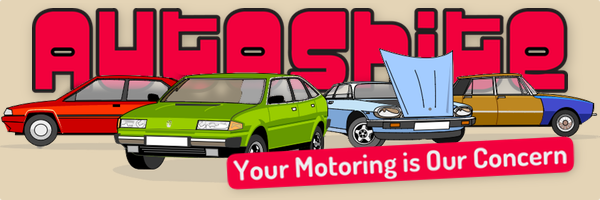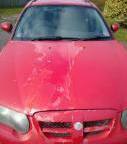Welding sills for MOT.
-
Similar Content
-
Weld it up? 1 2 3
By Dobloseven,
- 67 replies
- 5,379 views
-
TIG WELDING
By stuboy,
- 12 replies
- 1,571 views
-
- 448 replies
- 48,273 views
-
MOT History?
By Hendry,
- 11 replies
- 1,663 views
-
Short MOT
By Bren,
- 22 replies
- 2,309 views
-







Recommended Posts
Create an account or sign in to comment
You need to be a member in order to leave a comment
Create an account
Sign up for a new account in our community. It's easy!
Register a new accountSign in
Already have an account? Sign in here.
Sign In Now